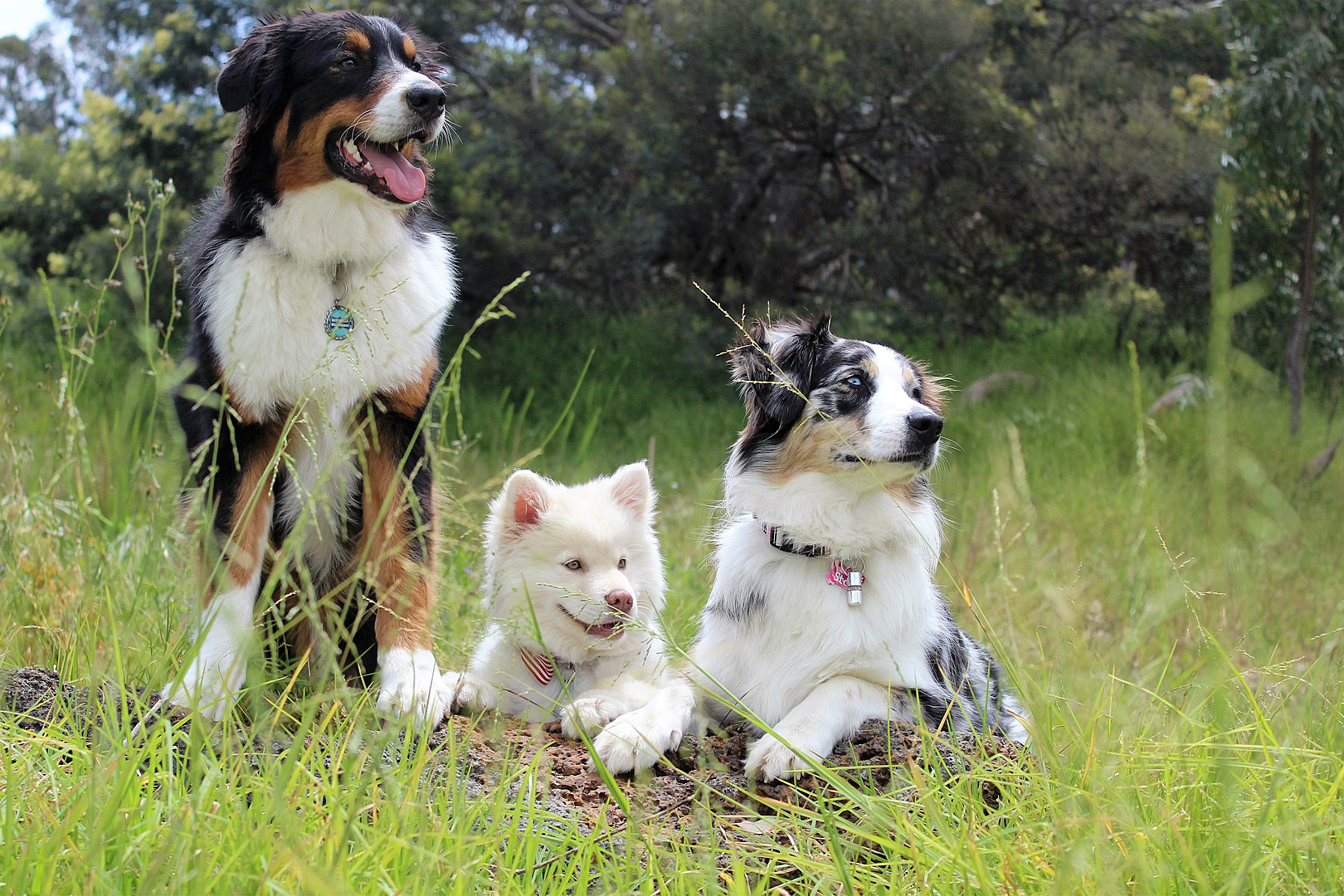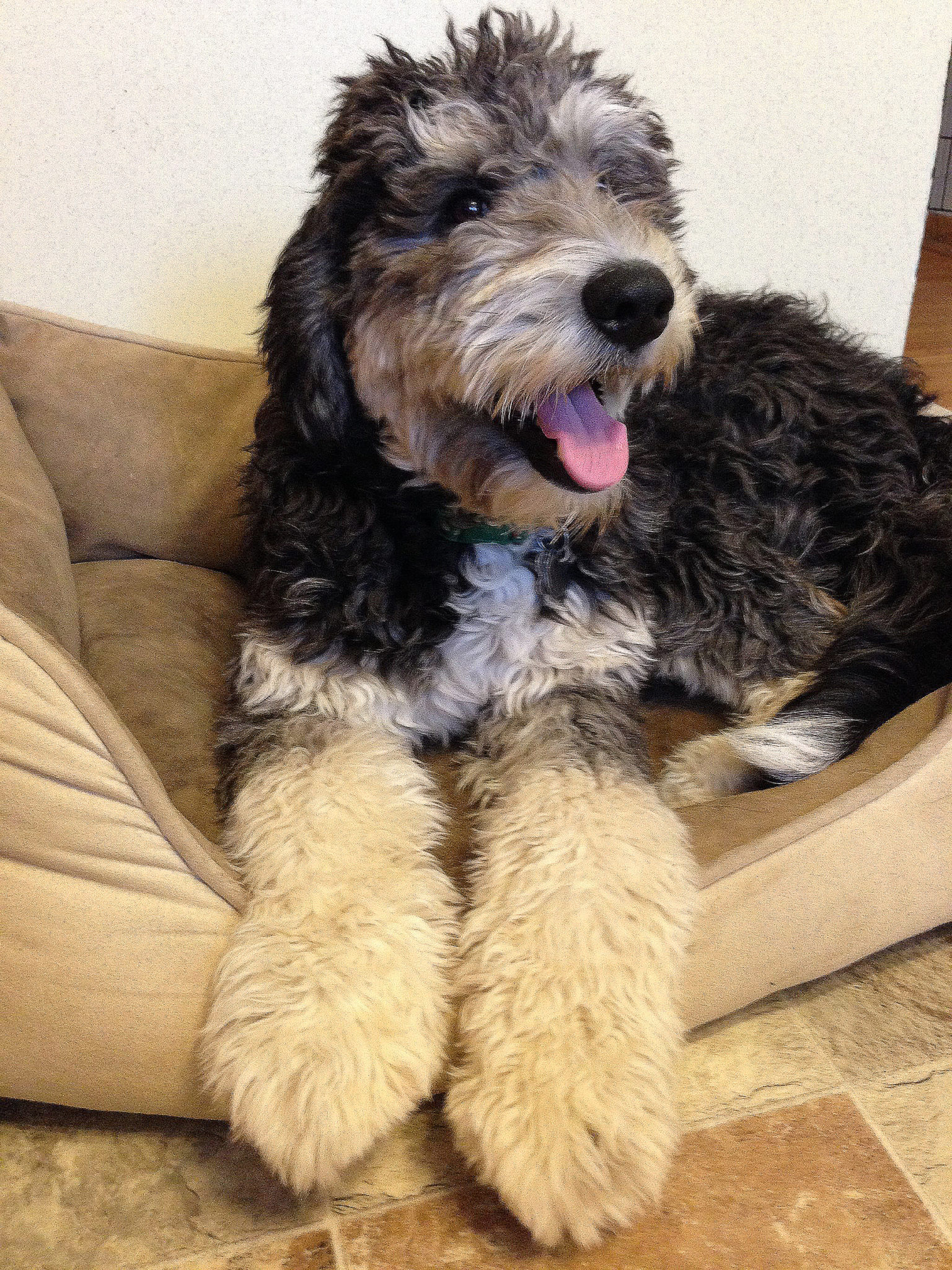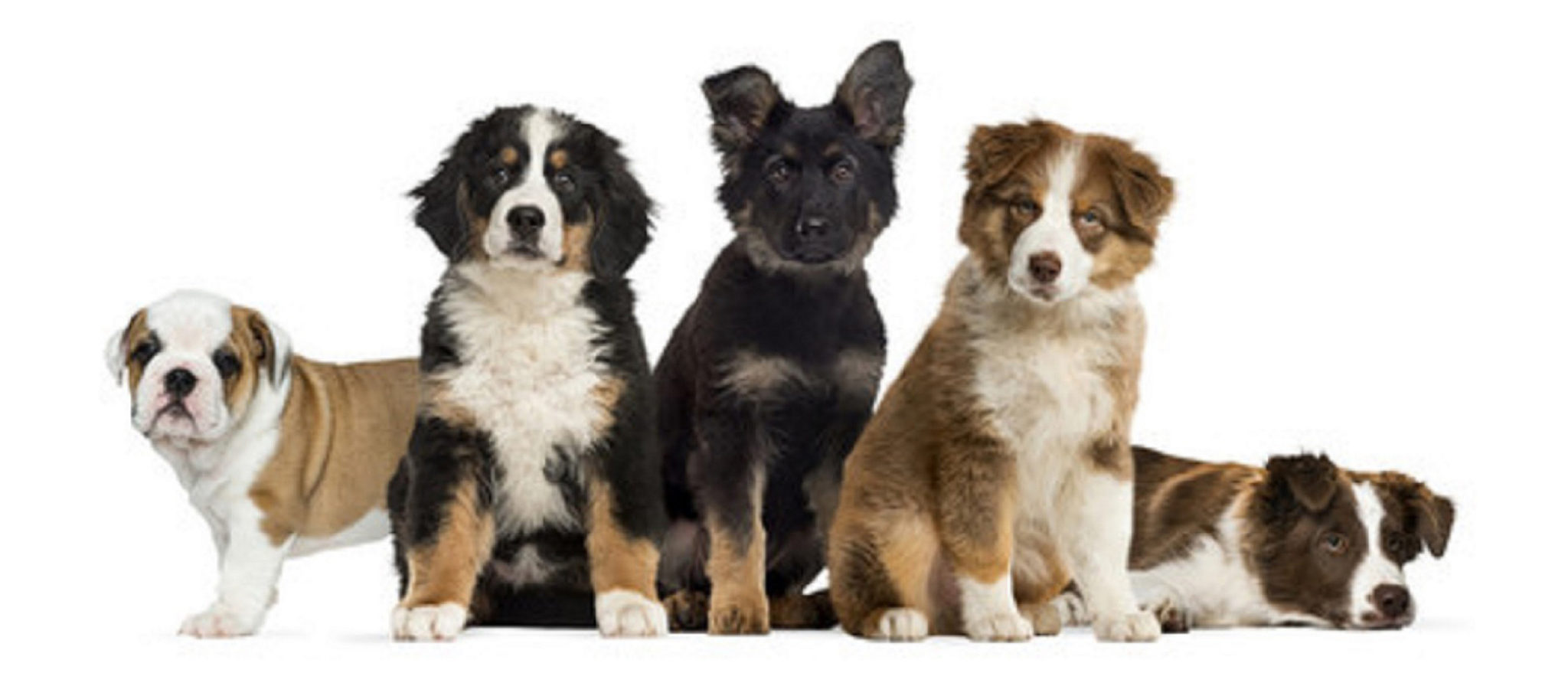“The Teenage Zone!” Surviving Your Dog’s Adolescence

By Sandy Modell
Alexandria, VA – Puppyhood can be such a joy! Say the word puppy; you think of an adorable, cuddly ball of fur. Big eyes, face kisses, and puppy breath. What can be better than that? In general, puppies are pretty compliant; they come to you when you call and follow everywhere. What bliss! This is the perfect time to start training, as you are their world. And, with a good training and management program, teaching your puppy new and acceptable behaviors can be very effective and lots of fun. It will also help to get you both through the next phase of your puppy’s life, the Teenage Zone!
Adolescent Puppy Behavior
Adolescence can be a very challenging time for puppy parents. The adorable puppy you brought home just weeks earlier suddenly hits the “Teenage Zone;” it can be a bit of a shock.
Puppies head into adolescence at about five to six months of age. By seven or eight months, they are big teenagers. This phase can last until your dog is as old as eighteen months to two years, plus or minus. Unfortunately, this is also when people give up on their puppy. Most dogs in shelters are adolescent dogs, mainly because the owners become overwhelmed with their teenage behaviors.
Adolescence Is Easy To Recognize!
He suddenly develops ‘selective hearing,’ i.e., he only hears you when he wants to.
He “forgets” how to follow simple behavior cues that you thought he had mastered. Outside, the environment starts to take over, as they hear, smell, and see better than they did just a few months ago. On walks, they get distracted by everything. You become chopped liver.
He becomes more nippy, barky, and jumpy. His arousal levels appear to increase. Teenage dogs may get more excitable, taking longer to calm down. The good news is that we can teach dogs to have better self-control and how to modulate their arousal levels. It does not come naturally.
Although some people think, “Oh, he’s just a teenager and will outgrow the jumping, pulling, barking, ignoring-you stage,” it doesn’t work that way with dogs. These behaviors are both self-reinforcing and sometimes inadvertently reinforced, as we tend to give these behaviors attention. And you know the old saying, practice makes perfect. They learn that these behaviors work for them and carry forward into adulthood if not trained to do something else. Consistent, ongoing training is the key. Just 5-10 minutes, 3-4x’s a day, can get those good behaviors back on track.

So, what are the best ways to get through this tumultuous teenage period?
Patience: Have patience. Then have a little more patience. There is no quick fix, so run the other way if a trainer tells you that.
Training: Start rewarding your dog for making the right behavior choices. Take a group class, review the basics, and practice in various environments and around distractions to “proof” your dog’s behavior reliability. Teach a new behavior or trick every week to keep things fun, novel, and fresh. Use some of what you would ordinarily put in his bowl for training treats. Hand feeding can be very powerful in building a positive relationship. Remember, reinforcement drives behavior.
Play: Engage in play with your dog! Although play may not be seen as affecting their training, I can tell you that it does. Play can help you build a positive relationship with your dog and make you fun to be with. Adding play with games such as tug, fetch, hide and seek, and others can also provide you with training opportunities to build impulse control and solid recalls.
Mental and Physical Activities: Adolescent dogs have lots of energy to burn; providing appropriate and ample exercise can pay off big time. Make sure to include brain games and use treat-dispensing toys that encourage problem-solving and slow down their eating.
Stay Positive and Upbeat: Frustration is not good for either of you. Focusing on what you want your pup to do instead of what you don’t want him to do is the formula for modifying unwanted behaviors. Teach your dog that engagement with you is fun and where it’s at. When interacting with your young dog, look for lots of training opportunities and make training a great time for both of you!

Be consistent with how you respond to your dog’s good and bad behaviors. Provide daily training, mental stimulation, play, exercise, and socialization to the world around him. Follow this plan, and you are on your way to developing a well-mannered, smart, and valued family member who is a joy to live with in your home and in the neighborhood.
Sandy Modell, CPDT-KA, is the Founder, Owner, and Head Trainer of Wholistic Hound Academy, Alexandria’s award-winning, premier canine training and learning center — offering classes and private lessons in puppy training, adolescent and adult foundation and life skills, behavior modification, agility, dog sports, and canine fitness and conditioning, kids and dogs, pre-pet planning and pet selection. Classes are starting soon! Visit www.wholistichound.com to enroll in our programs, and like us on Facebook.com/wholistichound and follow us on Instagram at Instagram.com/wholistichound.
ICYMI: Celebrate Sunday with Your Pets During Ides of Bark Dog Festival at Grist Mill Park




